CS Unplugged: Field guide: Formal Languages
An online resource for teaching Computer Science to students, this chapter focusses on Formal Languages. This chapter covers the strict rules specified in formal languages and describes examples of its use. Find out about regular expressions including an example, Finite state automata.
Additional details
| Year band(s) | 9-10 |
|---|---|
| Format | Web page |
| Core and overarching concepts | Implementation (programming), Digital systems, Data representation, Algorithms |
| Australian Curriculum Digital Technologies code(s) |
AC9TDI10P03
Model and query entities and their relationships using structured data
AC9TDI10P05
Design algorithms involving logical operators and represent them as flowcharts and pseudocode
AC9TDI10P06
Validate algorithms and programs by comparing their output against a range of test cases
AC9TDI10P09
Implement, modify and debug modular programs, applying selected algorithms and data structures, including in an object-oriented programming language |
| Technologies & Programming Languages | other programming languages |
| Keywords | Formal Languages, Regular expressions, Finite state automata, Grammars, Parsing, Chomsky Hierarchy |
| Organisation | University of Canterbury, New Zealand |
| Copyright | University of Canterbury, New Zealand. Creative Commons BY-NC-SA 4.0. |
Related resources
-
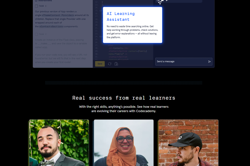
Codecademy
This site provides tutorials on web design tools. Requires free registration.
-
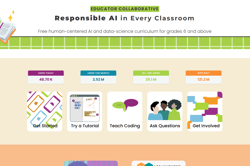
App Inventor EDU
Use this six week teaching program using a project based curriculum that allows students to explore the world of computer science through the creation of smartphone apps.
-
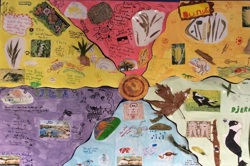
Classroom ideas F-10: Aboriginal and Torres Strait Islander connections to Digital Technologies
This resource provides examples of ways Aboriginal and Torres Strait Islander Histories and Cultures can be integrated into Digital Technologies. Examples include 'classification and sorting data' and 'designing solutions'.
-
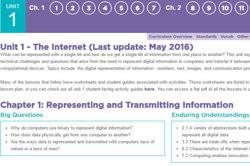
code.org
Code.org provides courses for F-12 year levels to increase knowledge in computer science. Free log in enables access to resources and more functionality.
-
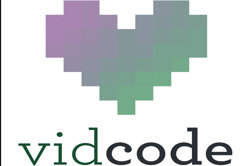
VidCode
Vidcode is aimed at teaching teenagers the skills of coding, especially girls. Vidcode provides an interactive way to learn code via step-by-step. Free log in required.
-
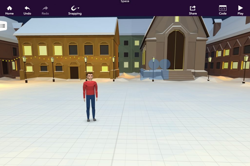
VR creation with Delightex: The Basics
Learn the basics and get ready to use Delightex.
-

A-Z Handbook on Teaching Introductory Programming
This book viewable online using the 'look inside' feature or purchased in hard copy provides a comprehensive guide to programming for all levels.
-
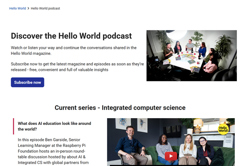
Discover the Hello World podcast
Watch or listen your way and continue the conversations shared in relation to tecahing and learning about Digital Technologies.
